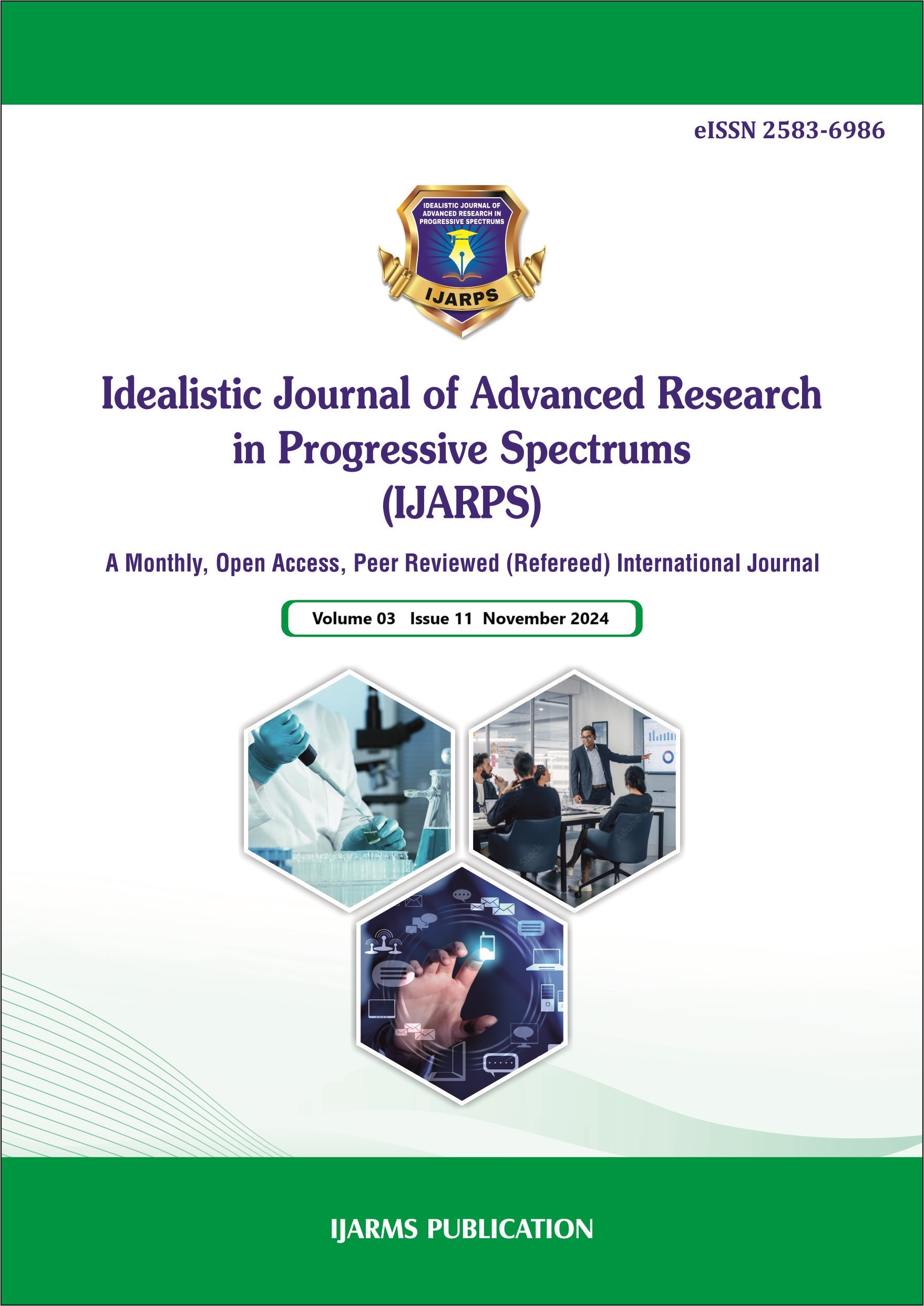Marine Microplastics And Their Effects
Abstract
With the rise in population, waste management has become a significant challenge, and recent studies have pointed to the serious issue of marine litter. Human-produced waste is increasingly accumulating in marine environments, with large amounts of microplastics found in rivers, lakes, seas, and oceans. Research has shown that exposure to UV light and low temperatures helps break down regular plastics into smaller fragments, known as microplastics (MP), which are then carried into marine ecosystems through runoff. These microplastics are commonly made of materials like polyvinyl chloride (PVC), polyethylene terephthalate (PET), polystyrene (PS), and nylon. Due to ineffective waste management, the concentration of microplastics is rising at an alarming rate, impacting not only marine environments but also marine life. Studies have found that areas near urban centres have higher levels of microplastics, with aquatic animals in these regions showing significant accumulation of the particles in their tissues. Additionally, microplastics can attract other pollutants, such as dyes, heavy metals, and chemicals, acting as carriers for these substances within aquatic animals, which then enter the food chain.
Keywords:- Microplastics, Pollution, Sea food, Marine organisms etc
Additional Files
Published
How to Cite
Issue
Section
License
Copyright (c) 2024 www.ijarps.org

This work is licensed under a Creative Commons Attribution-NonCommercial-NoDerivatives 4.0 International License.

